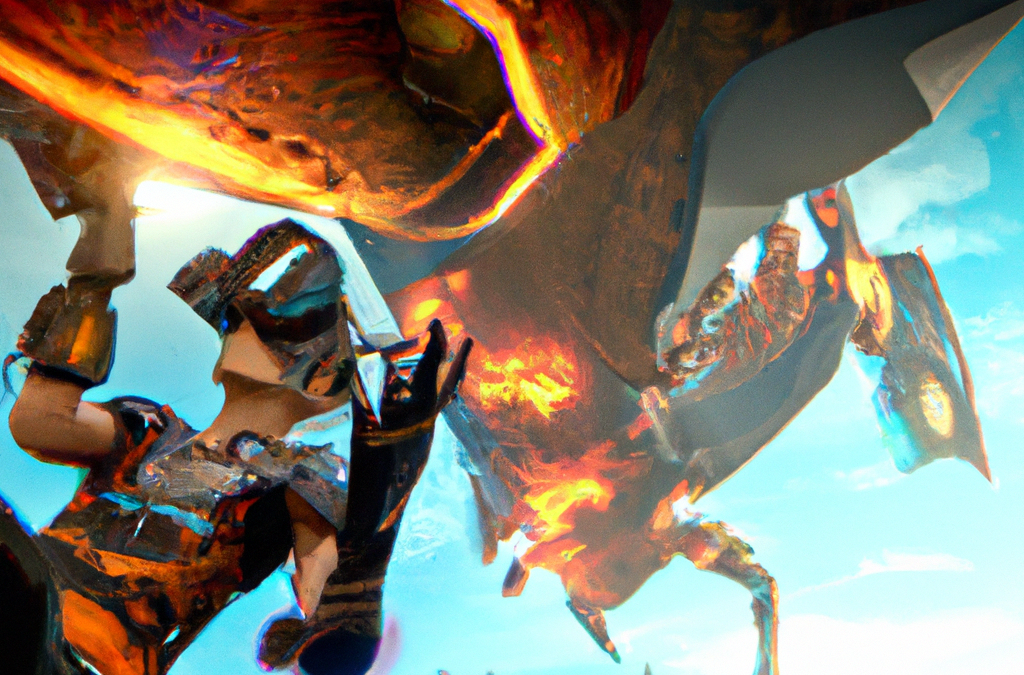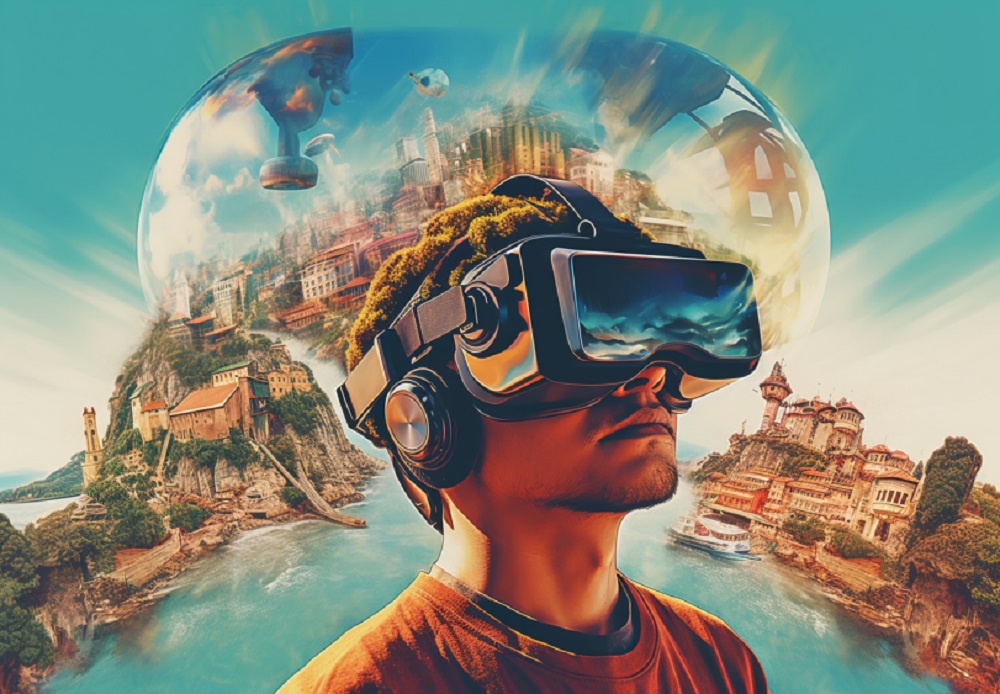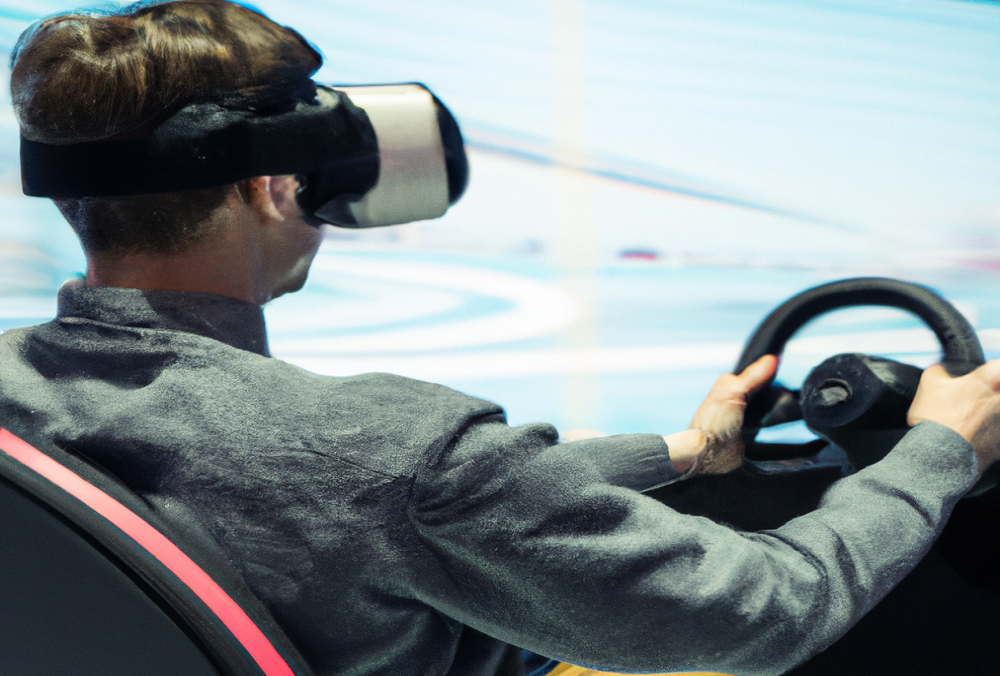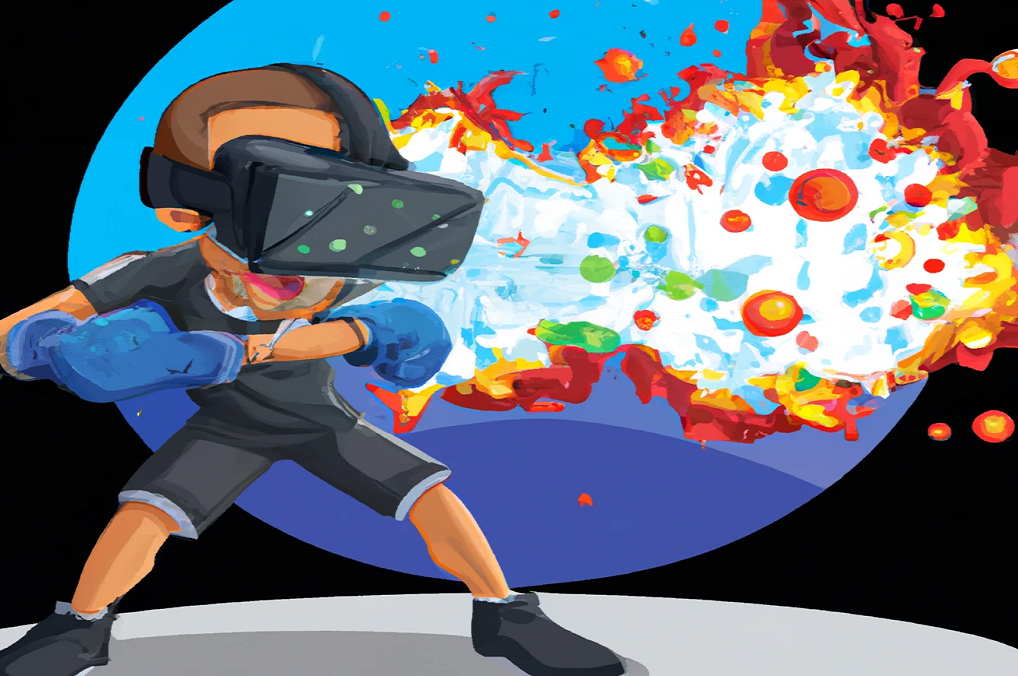Virtual reality technology is revolutionizing the gaming industry and offers a new level of immersion and interactivity to players. However, developing a virtual reality game is not as simple as just adding VR support to a traditional game. There are several factors to consider and unique challenges to overcome in order to create a truly successful VR game.
In this article, we will go over the basics of virtual reality game development, from the technology behind VR to the design considerations and best practices for creating a VR game.
Understanding the Technology Behind Virtual Reality
Virtual reality technology uses a combination of hardware, software, and sensory devices to create a simulated environment that players can interact with. The most common hardware used for VR gaming includes a headset, such as the Oculus Quest or the HTC Vive, and hand-held controllers that allow players to interact with the virtual environment.
In addition to hardware, virtual reality game development also requires specialized software and programming knowledge. Game engines such as Unity and Unreal Engine are commonly used to create VR games, and developers must be familiar with VR-specific programming techniques and APIs in order to create a smooth and immersive experience for players.
Design Considerations for Virtual Reality Games
One of the biggest challenges in virtual reality game development is designing a game that is both fun and comfortable to play. In VR, players are fully immersed in the virtual environment and even small design elements can have a big impact on the player's experience.
To create a comfortable VR experience, developers must consider factors such as player movement, camera placement, and user interface design. For example, players may become nauseous if the virtual environment moves too quickly or if the camera placement is disorienting. It is important for developers to playtest their VR games and gather feedback from players in order to make necessary adjustments and improve the overall experience.
Storytelling in Virtual Reality
Storytelling in virtual reality offers new opportunities for developers to create immersive and engaging experiences for players. In VR, players are not just passively observing the story unfold, but are actively participating in it.
However, designing a story for VR also presents unique challenges. Developers must consider how the player's actions will affect the story and how to convey information to the player in a way that feels natural in the virtual environment. It is important to strike a balance between giving players agency and maintaining a coherent and engaging narrative.
Interactivity in Virtual Reality
Interactivity is a key element of virtual reality gaming and sets it apart from traditional gaming. In VR, players can directly interact with the virtual environment and objects in a way that is not possible with traditional gaming.
To create a successful VR game, developers must think carefully about the type of interactivity they want to offer players. For example, some VR games may focus on hand-based interactions, while others may use body tracking or gesture recognition. It is important to choose the right type of interactivity that best fits the game's mechanics and enhances the player's experience.
Creating a Comfortable and Safe Virtual Reality Experience
Virtual reality has the potential to cause discomfort or even physical harm to players if not designed correctly. For example, players may become nauseous if the virtual environment moves too quickly or if the graphics are too intense.
To ensure a comfortable and safe experience for players, developers must consider factors such as motion sickness, physical space limitations, and the player's comfort level with the technology. For example, developers may need to limit player movement in the virtual environment or provide options for players to adjust the graphics settings.
Testing and Playtesting Virtual Reality Games
Testing and playtesting are crucial steps in the development of any game, but they are especially important in virtual reality game development. In VR, even small design elements can have a big impact on the player's experience, and it is important to catch any issues early on.
Playtesting allows developers to gather feedback from players and make necessary adjustments to improve the overall experience. It is also a good opportunity to test the interactivity, comfort level, and any other elements of the VR game.
In addition to playtesting, developers should also perform technical testing to ensure that the VR game runs smoothly and that there are no performance or compatibility issues with different VR hardware.
Sound Design for Virtual Reality Games
Sound design is an important aspect of virtual reality game development and can greatly enhance the player's experience. In VR, sound can be used to create a sense of presence and to provide important information to the player.
Developers must carefully consider the sound design for their VR game, from the music and sound effects to the 3D audio that allows players to hear sounds from different directions in the virtual environment. It is important to use sound in a way that supports the game's mechanics and enhances the player's experience.
The Importance of Performance Optimization in Virtual Reality Games
Performance optimization is crucial in virtual reality game development, as even small performance issues can greatly impact the player's experience. In VR, players are fully immersed in the virtual environment, and any lag or stuttering can be very noticeable and disruptive.
Developers must pay close attention to the performance of their VR game and optimize it for different VR hardware. This may involve reducing the graphics quality, reducing the size of the virtual environment, or optimizing the code for better performance.
Monetization Strategies for Virtual Reality Games
Monetizing a VR game can be a challenge, as the VR gaming market is still relatively new and evolving. Developers must consider their target audience and choose the right monetization strategy that fits the game's mechanics and the player's experience.
Some common monetization strategies for VR games include selling the game itself, offering in-game purchases or subscription services, or using advertising. It is important for developers to consider the potential revenue streams for their VR game and choose the strategy that works best for them.
The Future of Virtual Reality Game Development
The virtual reality gaming industry is still in its early stages, and there is a lot of potential for growth and innovation. As VR technology continues to improve and become more accessible to consumers, we can expect to see more and more VR games on the market.
Virtual reality game development offers a new level of immersion and interactivity for players, and developers who are able to create successful VR games will have the opportunity to shape the future of the gaming industry. With the right combination of technology, design, and creativity, the possibilities for VR games are endless.
If you need a VR game developer to help you with your project, feel free to contact us! RiseAngle has been active in VR development from 2016, and VR games developed by RiseAngle have amassed more than 400,000 installs so far.






